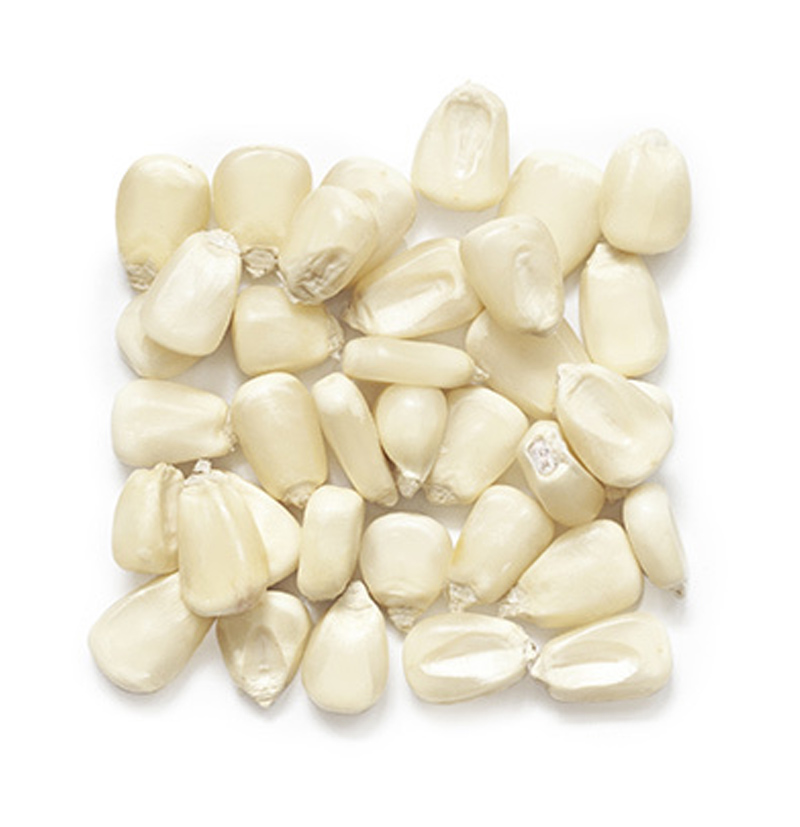
White Maize was introduced in the region of East African Community (EAC) around 60 years ago and has been identified as a priority stable crop by governments within the region and beyond. In Rwanda particularly in the context of National Crop Intensification Programme, maize was given priority for agriculture production in different districts such as Kayonza, Gicumbi, Nyagatare, Gisagara, Nyaruguru, Musanze, Rutsiro, Ngoma and Gatsibo.
There are fundamental reasons of selecting maize as major selling products at EAX:
- Maize producers and traders can store their productions for a period of up to 9 months, therefore improve their selling strategies.
- Maize is considered the primary crop for national strategic grain reserve among EAC region.
- Maize plays an important role in food security and contributes to poverty reduction. Millers and food processors are increasingly looking at maize for food processing activities.
- Maize is used in the production of animal, poultry and fish feed.
- Maize production can be competitive in imports/export business.
- It is a good crop for fighting hunger as it is easier to store.
EAX strategy is to sell highest quality of maize within the region. EAX maize is stored, graded, cleaned, re-bagged or packaged in accordance to EAC standards. Maize that EAX warehouses management allow to receive should have the moisture content of at least 13%. Maize is then serviced with high quality fumigation technics to keep it free from weavers, insects or any other foreign matter. Traded maize commodity standard for EAX maize is White Maize (WM) grouped into 4 different grading standards:
- WM1 : White Maize Grade 1
- WM2 : White Maize Grade 2
- WM3 : White Maize Grade 3
- WM4 : White Maize Grade 4
